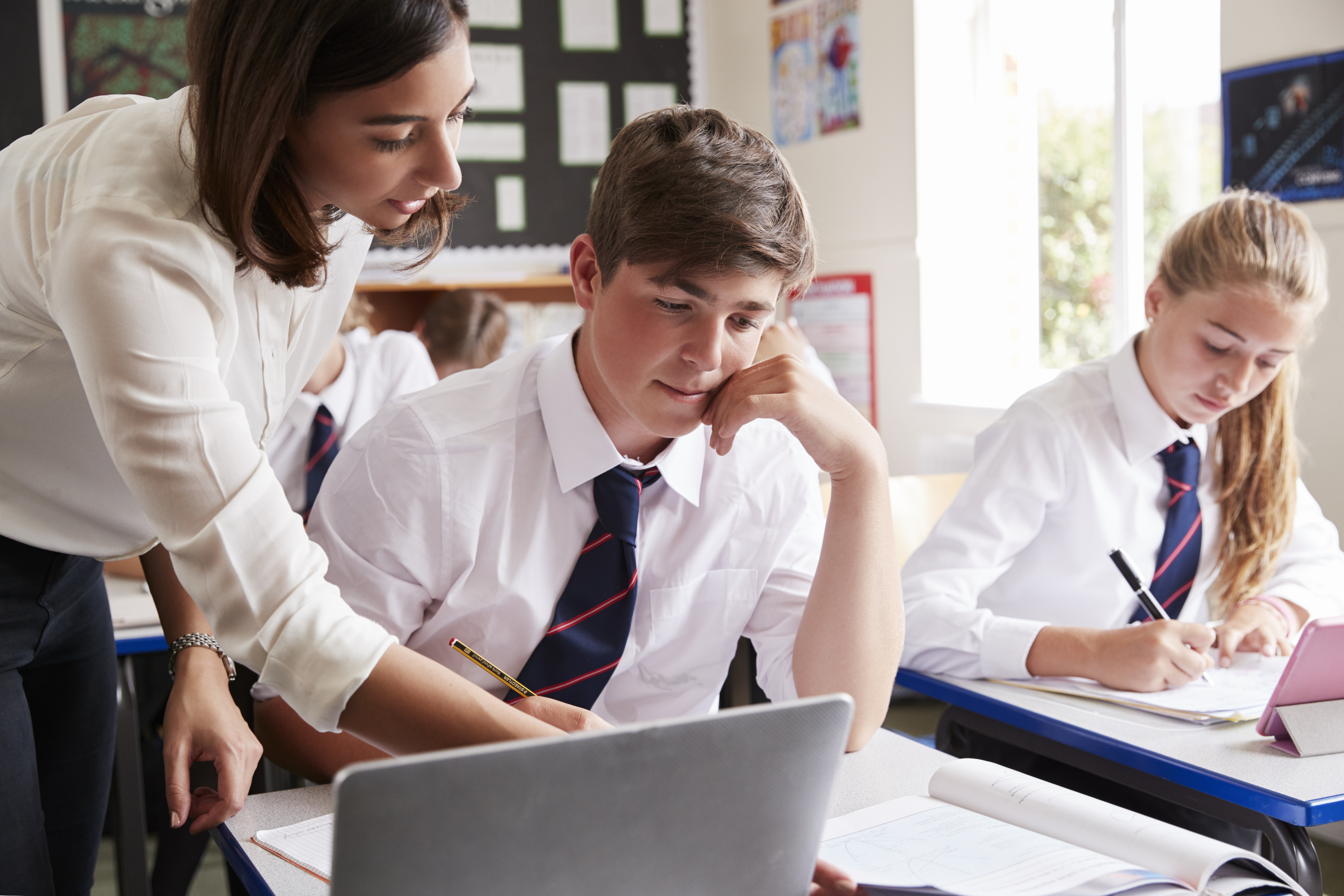
What is behaviour for learning?
Behaviour for learning refers to the actions and attitudes of students that contribute to a productive and positive classroom environment, ultimately enhancing their educational experience. For training or early career teachers, it is essential to understand that behaviour for learning is not just about managing disruptive conduct, but about fostering an atmosphere where students feel safe, respected, and motivated to engage in the learning process.
Positive behaviour for learning includes cooperation, attentiveness, perseverance and respect for others. As educators, it is crucial to create strategies and classroom practices that encourage these behaviours. This might involve setting clear expectations, consistently reinforcing rules and building strong relationships with students to understand their individual needs and motivations. By promoting positive behaviour for learning, teachers can help students develop the self-discipline and social skills necessary for academic success and personal growth.
20 ways to promote positive behaviour for learning
- Create a positive classroom environment. Distract from, or tactfully ignore, low-level examples of inappropriate behaviour when possible, and concentrate on students’ positive behaviour: ‘I’m really pleased to see you working so well as a team….’
- Never compare students with other students or siblings.
- Avoid drawing attention to a student’s needs in front of their peers.
- Show sympathy, concern and understanding. Try to solve problems collaboratively.
- Keep rules to a minimum and express them in simple, positive terms, rather than a list of ‘don’ts’.
- Enforce classroom rules consistently. Discuss them as a class, explain their purpose, and regularly review them as a class.
- Encourage students to self-assess their own behaviour against these rules. Set targets together.
- Help students feel comfortable with seeking assistance.
- Rewards should be frequent and valued by students, but only given when deserved.
- Provide rewards for on-task behaviour – working well in teams, following instructions first time, etc.
- Label the behaviour that you want to correct, not the person.
- Avoid letting students become aware of your own frustrations.
- Celebrate and reward positive behaviour.
- Students who cause problems often internalise negative ideas about themselves and believe that they are unable to succeed as learners. Make sure all students feel valued as potential learners in your classroom.
- Success, at whatever level, should be acknowledged, celebrated and publicised.
- Motivate less enthusiastic learners by encouraging them to compete against themselves, not others.
- Emphasise to students that their worth as a person is not related to their test scores or how well they did on a particular assignment.
- Help students to see their progress using checklists, graphs or other visuals.
- Constantly seek opportunities to praise and build self-esteem.
- Ensure that rules and strategies are applied consistently, but with flexibility and sensitivity in the use of consequences – considering each student’s circumstances.
Check out the printable version of our 20 behaviour for learning tips to download save for later or share with colleagues.
